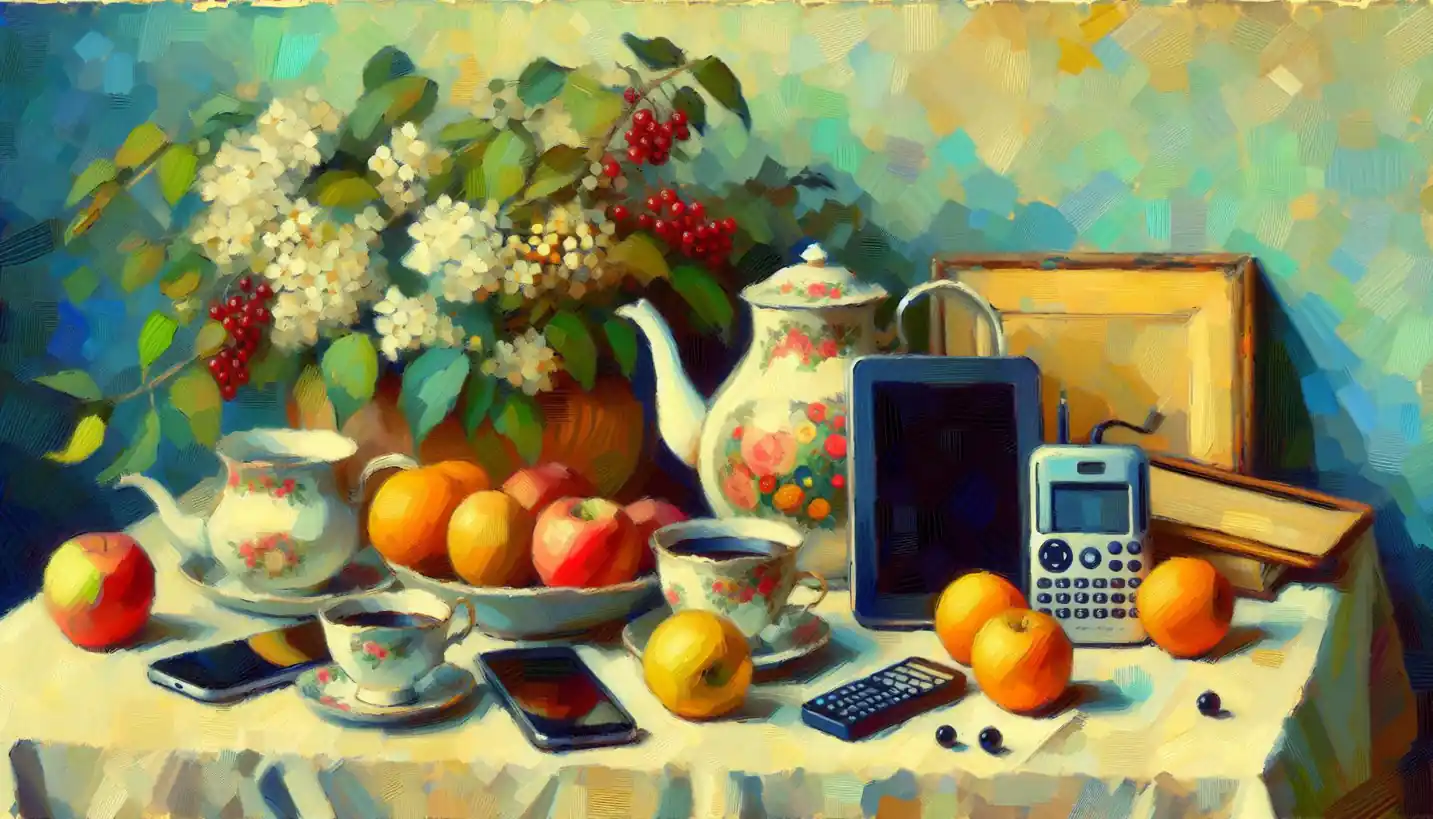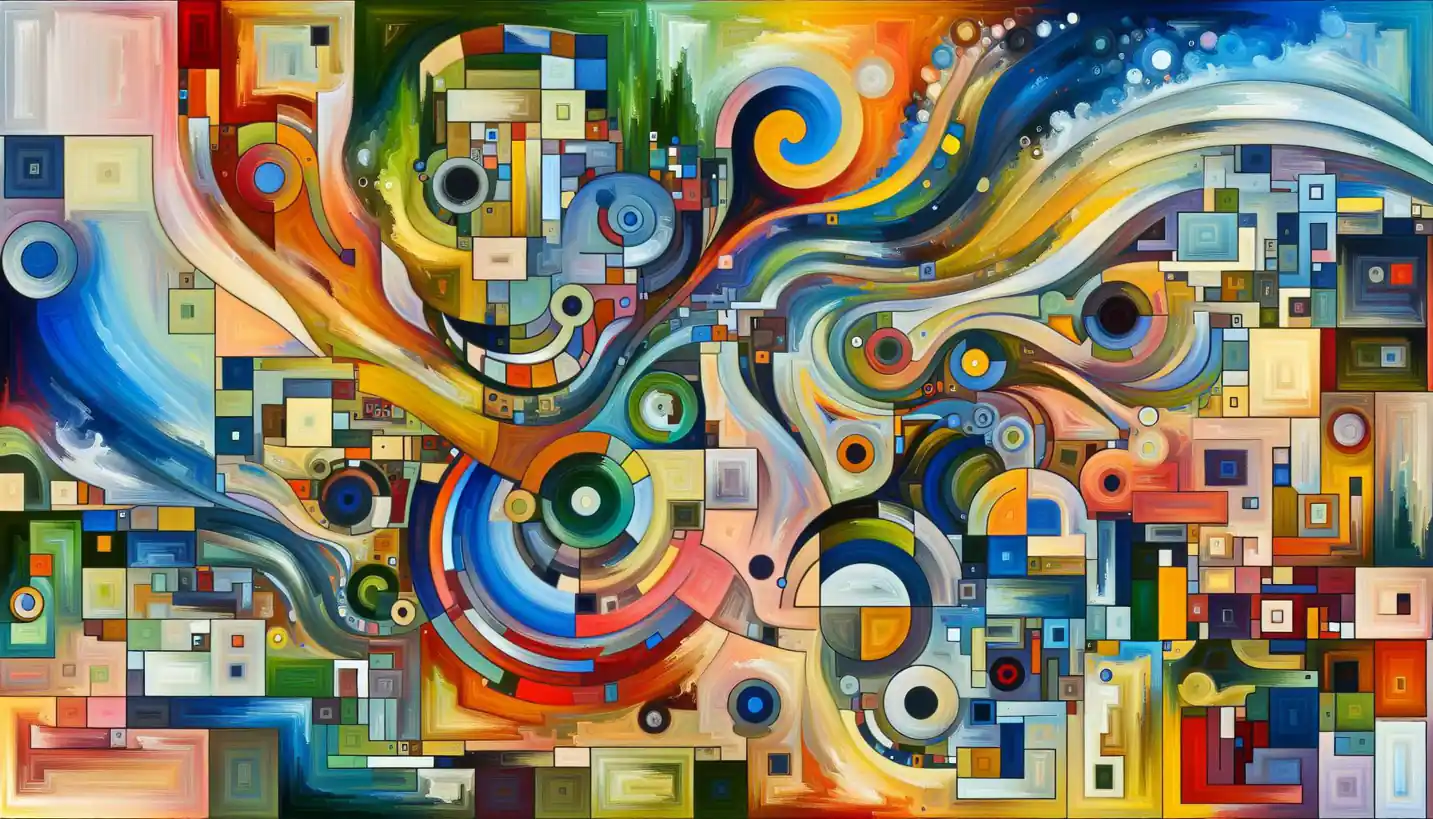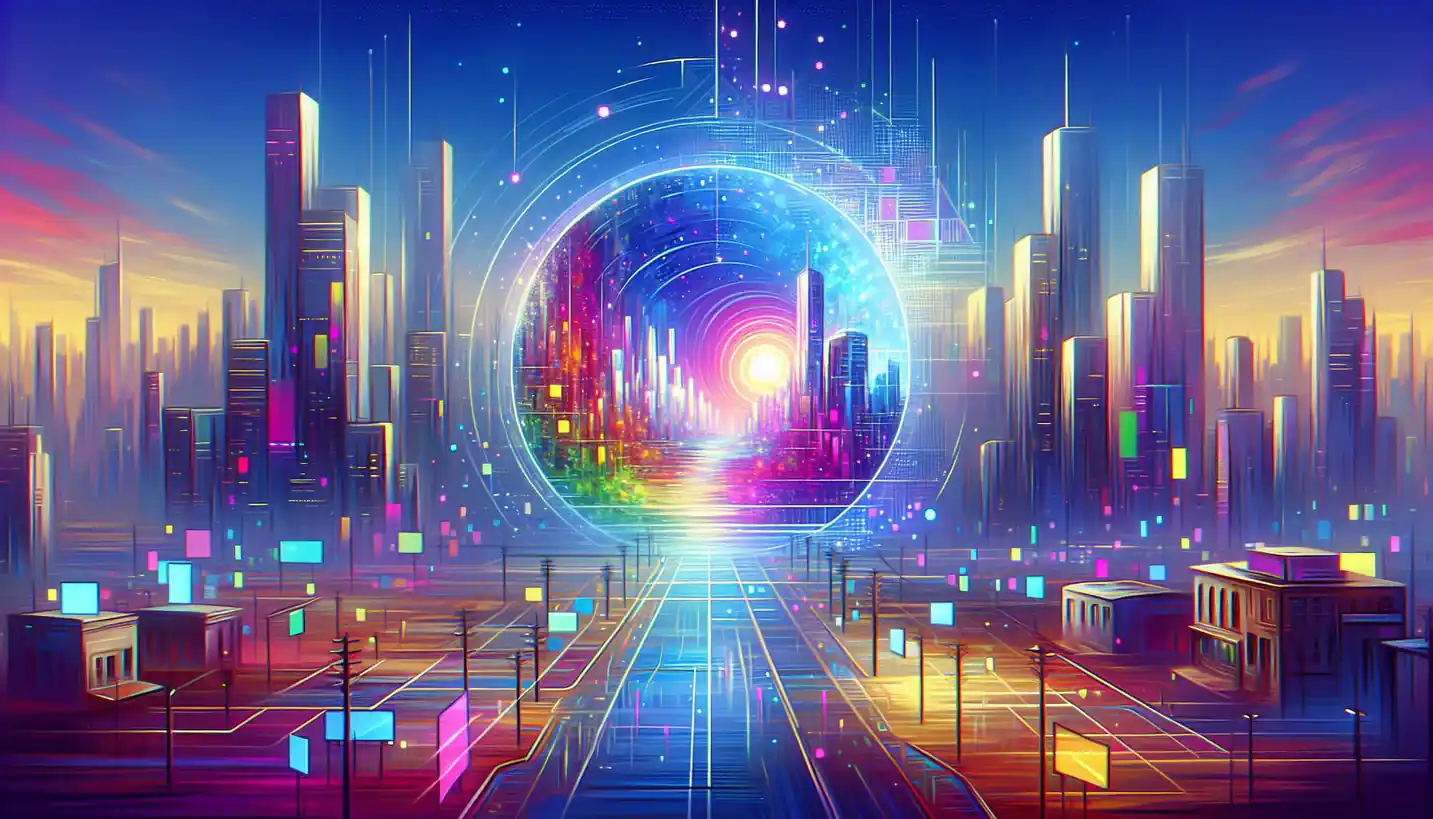· Art · 4 min read
Virtual Reality: Exploring the World of Interactive Media Art
Virtual reality opens doors to new worlds, offering immersive experiences that change the way we explore and create interactive media art.

Virtual reality, often simply called VR, is like stepping into another world without leaving your room. It’s the ultimate tool in interactive media, especially when it comes to art. Imagine diving into a painting or walking through a sculpture. That’s what VR can do—it transforms how we experience creativity by making it immersive and interactive.
What is Virtual Reality?
At its core, VR is a technology that transports you to a computer-generated world. You wear a headset that covers your eyes and sometimes use hand controllers. This tech tricks your brain into thinking you’re somewhere else, whether in a serene forest or an alien planet. It’s more than just 3D movies; you’re not just watching—you’re part of the scene.
The Role of VR in Interactive Media
Interactive media involves any form of digital media that responds to user inputs. VR is a major player here because it allows users to engage with artworks in a completely new way. Before VR, interacting with art meant touching sculptures or pressing buttons on an exhibit. Now, it’s about stepping into the art itself, walking around, and even changing it.
VR and Art: A New Canvas
Artists have always pushed boundaries, and VR offers a new frontier. Imagine an artist painting a world so real you can walk through it or a sculpture so detailed you can examine every nook and cranny. VR allows artists to create experiences that can change with every step and look.
Examples of VR Art Installations
One of the remarkable aspects of VR in art is the ability to create installations that defy the laws of physics or scale. Artists can create vast galaxies or tiny intricate worlds without the limitations of physical materials. A good example is the “Tree” experience at Sundance Film Festival, where you become a tree, feeling the growth and elements around you; it’s a powerful commentary on nature.
Historical Context
While VR might sound like a science fiction concept, its roots go back further. In the ’60s, artists and technologists were already dreaming of immersive worlds. The evolution of technology from clunky prototypes to sleek headsets has paved the way for the sophisticated VR art experiences we see today.
How Does VR Work?
The technology behind VR is fascinating. It involves creating a 3D environment that the user can interact with. This requires powerful computers to render detailed graphics in real-time. The headset displays these graphics and tracks your head movements so the view changes as you look around, making the experience convincing and life-like.
The Importance of Presence and Immersion
In VR, two key concepts are presence and immersion. Presence is the feeling that you’re actually “there” in the virtual world. Immersion is about the depth of engagement. Good VR art uses these concepts to envelop the user, creating not just a visual feast but an emotional journey.
Challenges and Opportunities in VR Art
Creating art in VR isn’t without its hurdles. Artists must consider technology limitations, user comfort, and accessibility. Headsets can be expensive, and there’s a learning curve for new users. However, these challenges are paired with immense opportunities. Artists can reach a global audience, showcase dynamic works, and make art more inclusive.
Future Trends in VR Art
As technology advances, so will the capabilities of VR art. Enhanced graphics, better user interfaces, and more affordable devices will allow more people to create and experience virtual art. Imagine virtual galleries where artists from around the world can exhibit their work without physical barriers.
Impact on Art and Society
The influence of VR on art is profound. It democratizes access to art, allowing anyone with a VR setup to explore museums or enjoy concerts in their living room. It breaks boundaries between artist and audience, transforming spectators into participants.
Educational Potential
VR is not just for entertainment; it’s a powerful educational tool. Schools and universities can use VR to teach everything from history—by allowing students to walk through ancient cities—to biology, by exploring the human body in a way textbooks can’t offer.
The Future of VR in Interactive Media
Looking ahead, the relationship between VR and interactive media will only strengthen. As more artists explore this medium, we’ll see a diversification of styles and approaches, leading to richer and more varied experiences.
The Role of AI and Augmented Reality
Incorporating AI and augmented reality (AR) will enhance VR experiences. AI can create responsive and adaptive environments, while AR can blend real and virtual worlds, adding layers of interaction.
Conclusion
Virtual reality is revolutionizing the way we create and experience art in the realm of interactive media. Its ability to make art immersive and interactive is just the beginning of a new era that blurs the lines between reality and imagination. As the technology evolves, so will the possibilities, offering exciting prospects for artists and audiences alike. What will you create in your virtual world? The canvas is limitless.



